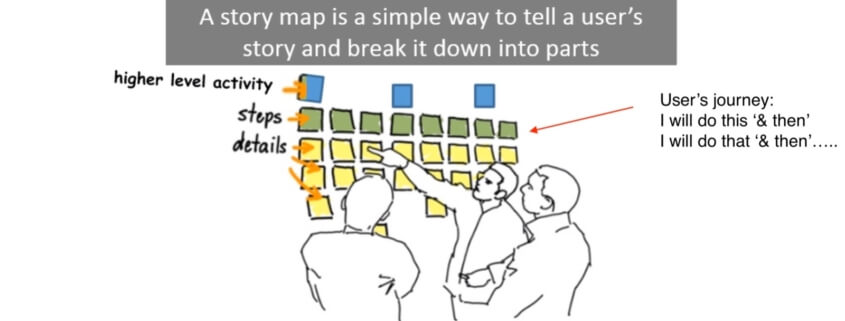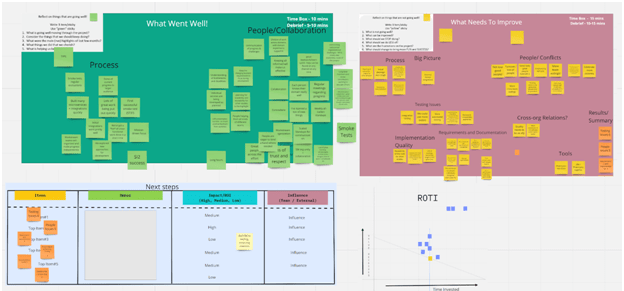
The DEEP Qualities of a Product Backlog
The most popular and an important artifact in Scrum, the product backlog is never complete. It is ever evolving, as a project’s requirements or environment evolves and changes. It is simple yet purposeful, if used wisely. It lists down all the features, functions, requirements, environment, remediating defects and more. Put simply, it is a prioritized list of work remaining that is necessary to bring the product to life. A high functioning product backlog has four main qualities of a description, estimation, order, and is constantly updated, which helps ensure that the details are always aligned with the big picture. This is represented by DEEP* – Detailed Appropriately, Estimated, Emergent and Prioritized. *DEEP acronym was coined by Mike Cohn and Roman Pichler Detailed Appropriately – Product backlog items are detailed in such a way that higher priority items are more granular and detailed than lower priority ones. The lower the priority, the less detail it carries. Estimated – Product backlog items are estimated. Estimates are not final and often expressed in story points or ideal days (the number of days of effort that it would take to get a story done if the team worked with no interruptions). Knowing the size of the items helps prioritizing and planning the release. While lower-priority items will have less precise estimates than higher-priority items in the top of the backlog, all should still have a rough estimate. Emergent – Product backlog is organic; it constantly evolves, changing frequently as new items are discovered and added based on user and customer feedback. Existing items are reprioritized, modified, refined or removed – continually. Prioritized – Product backlog items are prioritized. The most important and highest priority items are implemented first. These are found at the top of the backlog. Once an item is done, it can be removed from the backlog. Lesser priority items which can be considered later in time can be found towards the bottom of the product backlog. Teams always complete the highest priority items first to ensure that the value of the product is maximized. Though the whole Scrum Team collaborates and contributes to grooming, maintaining a product backlog is the responsibility of the Product Owner. 10% of the Scrum Team’s availability and capacity is allocated for grooming. Since grooming is a continuous process in the sprint, the Product Owner continuously updates and refines the product backlog. Ensuring that the product backlog is DEEP through regular grooming sessions helps establish that the product backlog does not become a black hole of redundant, unnecessary and useless items, features and stories. Maintaining a well groomed DEEP backlog will help you succeed with Agile. Amitabh (Amit) Sinha is a servant leader entrepreneur, visionary, mentor, trainer and coach. Amit is highly passionate about Agile, its principles, values, and the human side. Amit is a people champion and strives to bring out the best in his teams. Amit leverages his expertise in Agile, Scrum, Kanban and people skills to increase team effectiveness and happiness. See more






























